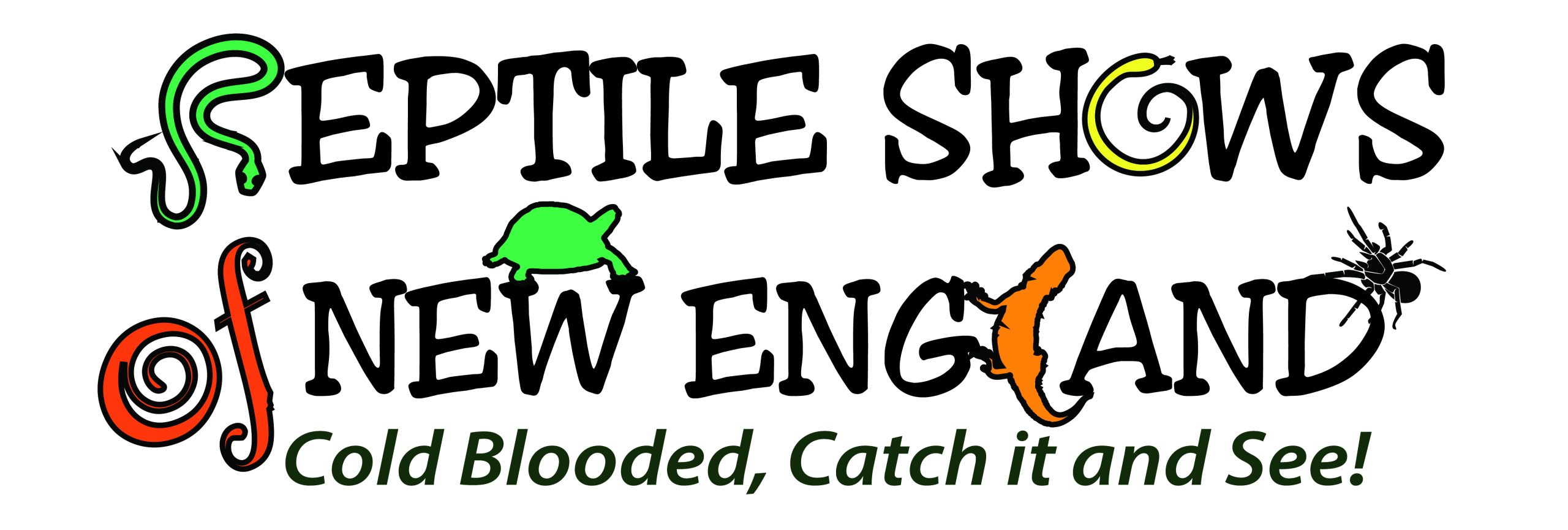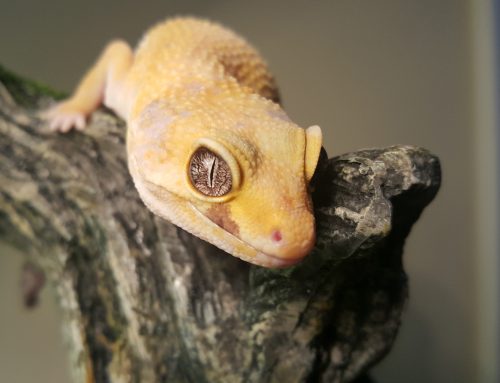Written by: Emily Erickson
Whether you’re adding another reptile to your growing collection, or just starting out with your first scaly friend, there are a lot of things to consider when preparing for, selecting, and taking care of a cold-blooded companion. Keeping snakes is a commitment you have to be dedicated to, and even though these animals aren’t as high-maintenance as a dog or a cat, there’s still a considerable amount of work that goes into keeping your reptiles active, tame, and healthy. Never buy an animal just because its exotic-looking, trendy, or rare. Avoid buying reptiles from big-name pet shops, too. Chances are, the animals from those locations were mass-bred and may not be 100 percent healthy.
In this article, you’ll learn about selecting a healthy animal, proper handling of small snakes, small lizards and geckos, and large snakes, and how to look for symptoms of the most common health issues in the reptile world.
Handling Small Snakes, and Checking for Health Issues
Those slippery little serpents will try give you a run for you money if you’re not careful. It’s best to avoid restraining the animal in any way, or else the snake might get scared and musk (urinate a foul-smelling liquid), bite, or otherwise injure itself. Try to hold the snake with a relaxed hand, and if you can, let it weave through your fingers. Be prepared if the snake jumps from your hands; a large fall onto a hard surface could very easily injure the animal. Make sure to always support a snake from below (In other words, don’t hold it in a dirty tissue grip).
Make sure the snake is active, but not spastic. A hot-wired animal may have less potential to mellow out than a calm, cruising snake. A curious snake is a happy snake. Check to see that the reptile is flickering its tongue often and pointing its head in different directions. Slowly wave your hand in front of it. If it draws back or jumps away, you may need to put in a little extra time in handling it to get it used to those kinds of movements. It’s best if the snake either has no reaction, other than a flickering tongue, and even better if the snake moves towards your hand.
Usually the most important health issues can be spotted by taking a close look at the head. Gently restrain the snake’s head between the pad of your thumb and the side of your forefinger. If you need to, hold the snake’s body with your other hand. Take a very close look at the snake’s eyes, and make sure that there are no retained eyecaps. Retained eyecaps will either be cloudy, or will have a thin layer if white skin around the eye. Occasionally, there will also be a wrinkle or indent in the eye; this is a clear sign of dehydration.
Respiratory problems can mean be easily spotted by looking into the snakes mouth. Gently roll the snake’s head between your thumb and forefinger to pull down its lower lip. Make sure the inside of the mouth is clear, has no bubbles, and the liquid is thin and watery. If you see bubbles, or if the saliva looks thick, the snake may have a respiratory problem.
Other things to look for when selecting a healthy snake are unnatural bends in the body, or noticeable bulges on either side of the spine. These are known as kinks and are a result of improper incubation, or a broken rib. While kinks are usually no cause for concern, they can occasionally lead to digestive issues such as regurgitation or impaction (constipation). If you notice kinks in multiple snakes, then perhaps select another breeder.
Once you’ve brought your new pet home, leave it alone for about a week in a dark, warm, quiet place, to let it settle in. Offer it an appropriate food item. If the snake accepts, wait two days, and then begin the process of handling the snake for fifteen minutes to a half hour each day (or every other day if it’s a young Ball Python).
Handling Small Lizards and Geckos
If ever there was a more flighty animal than a hot-wired young snake, then it would have to be the gecko. Natural prey item to all, these tiny little lizards really know how to haul some tail—and drop tail, too! When you go to pick up one of these little critters, it’s best to move in from the side or the front; never reach in from above and grab, or else you’ll scare the poor thing.
Support the lizard from below with all four fingers, and if you have to, gently restrain it from above with your thumb. Try to make sure all four of its feet are touching your hand at all times, otherwise it may not feel secure and will try to flail out of your grasp. Pay extra close attention to the Crested and Gargoyle Geckos; they are very good at jumping and can move very fast. If you need to, give them a landing platform and let them leap from hand to hand. Avoid touching or grabbing a gecko’s or lizard’s tail at all costs. These animals can be very defensive and some may not hesitate to drop their tails if they feel threatened.
Check the animal for kinks or other malformations, such as in the jaw, face, or arms, and check the belly for any discolorations. Lizards naturally shed in pieces, so the occasional patch of skin is no cause for concern.
A good candidate for a pet is a lizard that is calm, but not lethargic. They shouldn’t react to the hand wave beyond tilting their head to look at your hand (in the case of a Bearded Dragon, Iguana, or Anole) and should be generally okay with light stroking of the back.
IMPORTANT NOTE: Chameleons have extremely sensitive and fragile skin. Do not pet or stroke a chameleon for any reason.
At New England Reptile Shows, we’re dedicated to educating people about the proper care and treatment of our reptile friends. If you want to learn more about snakes and other fascinating creatures, you’ll be able to see some popular species up close at New England Reptile Shows. We showcase ball pythons, garter snakes, corn snakes, boas and other exciting species. Learn more about each breed of snake—for fun or to choose your next pet!




